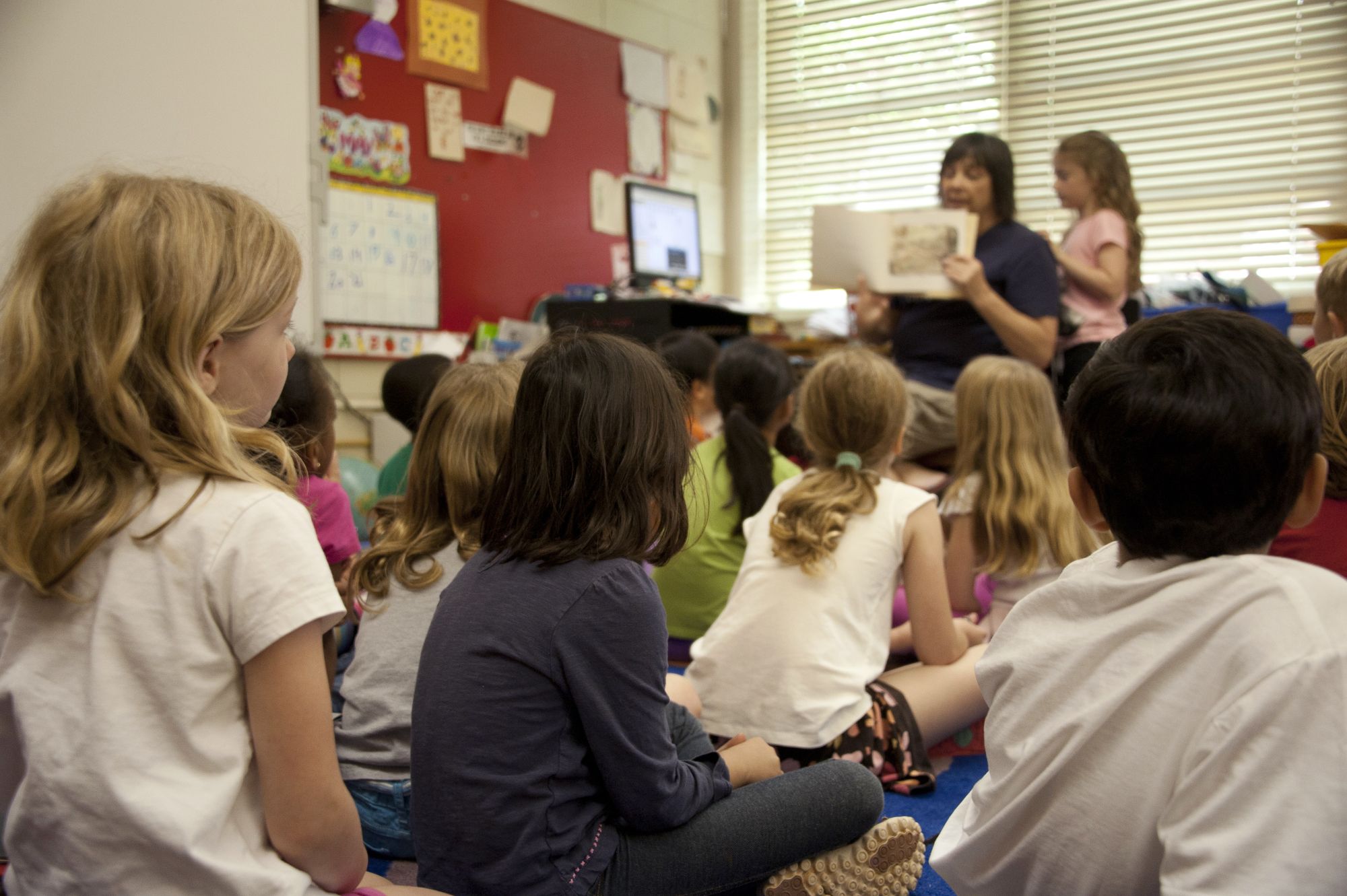Advice From Our Educators: 6 Ways to Deal with Teacher Burnout
Here are six ways teachers advise other teachers to deal with burnout.

A recent survey showed that nearly one in four teachers were likely to leave their teaching positions in 2021. This change has been attributed to the increased stress, anxiety, and health concerns felt by many teachers due to COVID-19.
Katrina Onstad, the author of The Weekend Effect, argues that we live in a world where overworking is celebrated — and it shouldn’t be. And in the field of education, the idea of celebrating those who overwork themselves was especially true when the pandemic hit.
As many know through firsthand experience, success in teaching is often rooted in the time, attention, and effort — both emotionally and physically — that teachers put into educating their students. Unfortunately, giving so much without taking the time to fully recharge leaves many teachers feeling burnt out. So it’s important — perhaps now more than ever — to prioritize your mental, emotional, and physical health in order to continue being the teacher you strive to be for your students, and yourself.
We reached out to our educator community to collect advice — for teachers, from teachers — on dealing with burnout in the workplace, and compiled their suggestions in the six tips below.
Assess the Cause of Your Burnout
Sometimes, it feels like everything we’re doing is headed south. But rarely is that true. We often tie our stress from a single situation to the rest of our work — and sometimes even our lives more broadly. To better navigate this tension, reflect on the underlying cause of your stress. Is it insufficient support? A lack of sleep? Are you experiencing behavior management issues with a particular student?
Once you’ve identified the cause of your burnout, start making changes (even small ones) for the better. And do your best to make sure these changes are sustainable. You don’t want your changes to be the cause of even more stress. For example, if your uneasiness stems from a particular behavior issue, research new behavior management strategies to implement in your classroom. You can also reach out to a colleague for support. Most likely, other teachers are having similar issues.
Decide on Daily Goals
As teachers, our time is gold. And we need to realize that our time is scarce. Managing our time can help relieve some of the stress we feel throughout the day. To stay ahead of any daily stressors, start your day setting 3-5 priority goals. What do you want to accomplish today?
Do not try to do everything at once. Stay focused on the tasks that will help you accomplish your daily commitments.
And don’t forget to celebrate your wins. We know that teachers often get pulled into unexpected situations, and the reality is that we may not fully accomplish all of our daily goals. Just remember that it is better to complete a couple goals than to simply start all tasks never fully finishing one.
Find a Hobby Outside of Work
It’s easy to allow our jobs to take over our lives, especially when we forget to establish boundaries. And when your job takes over your entire day, it’s easy to feel you have no time left for yourself. So, make one of your daily goals personal. Engage in something completely different than the work you take on in your current role. Perhaps that’s going out for walks, cooking, doing arts and crafts, or learning to play an instrument. Maybe it’s reconnecting with loved ones. Remember, whatever you choose to engage with should reduce your stress and not add more to your plate.
Prioritize Your Physical and Spiritual Life
There are times when the root of our stress does not come from our jobs. But since most of a teacher's time and energy gets consumed in the classroom, whatever they're dealing with outside of the classroom can affect their mood and performance within those four walls.
To properly help your students, you must focus on yourself first. If you have a stable foundation, you will be able to manage stress more effectively. As a teacher shared: “You must first put your physical and spiritual life in order. It is the foundation of having a rightly ordered life.”
Try One-Minute Breathing Techniques
We can’t deny the power of meditation, and neither can our teachers. As one shared, “Meditation is one of the most significant actions every day. It calms the expectations and allows planning for each day.” Typically, teachers find it hard to commit the time needed for a full meditation session, but setting aside some time to practice quick breathing techniques can help more than you think.
Here are two one-minute breathing strategies you can do at any time of day.
- Hand Trace: Use a pencil or a finger to trace your hand up and down. Inhale every time you trace up, and exhale as you trace down.
- Box-Breathing: Draw a box and use the visual to anchor your breathing. Breathe in for five seconds as you go up, then hold for five seconds as you go across. Breathe out for five seconds as you go down, then hold for five seconds as you complete the box. Do this as many times as you need.
Re-evaluate Your Priorities
We are constantly changing. And as you grow – in both your personal and professional life – sometimes, you need to update your surrounding environment, too. If you feel you’ve tried everything to better your circumstances and you still feel uneasy, maybe it’s time to re-evaluate your priorities and think about making a change. On a professional level, reflect upon the following questions:
- When you envision your dream school, what words come to mind?
- What does an ideal learning environment look like to you?
- What words come to mind when you think of how a classroom should be managed?
- Where do you see yourself in five years? Where do you see yourself in ten years?
If your current situation does not meet your current priorities, you likely need a change. Maybe you're looking to get promoted in your current school. Maybe, finding a new school that fits more closely with your priorities is what you need. As you consider what's best for you, and what next step to take, use tools like Selected that help you find schools that meet your preferences and expectations.
About Selected
Selected helps teachers find jobs at schools they love. We work with 1,600+ PK-12 schools in numerous urban metro areas across the country. Create a free educator profile and find schools and jobs matching your preferences.




